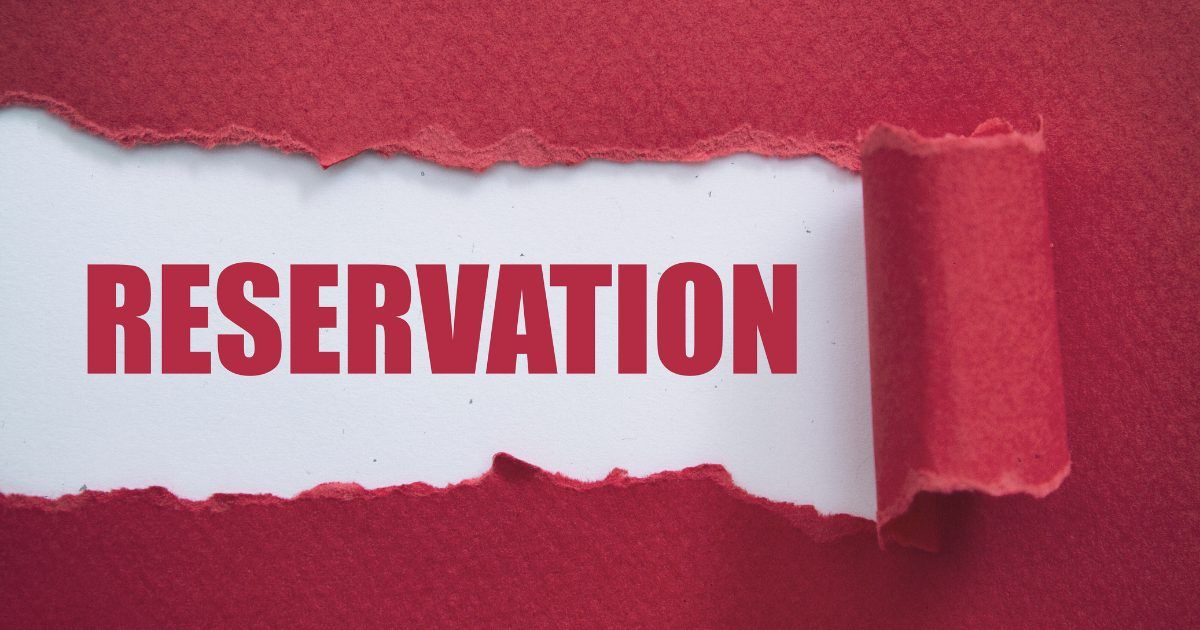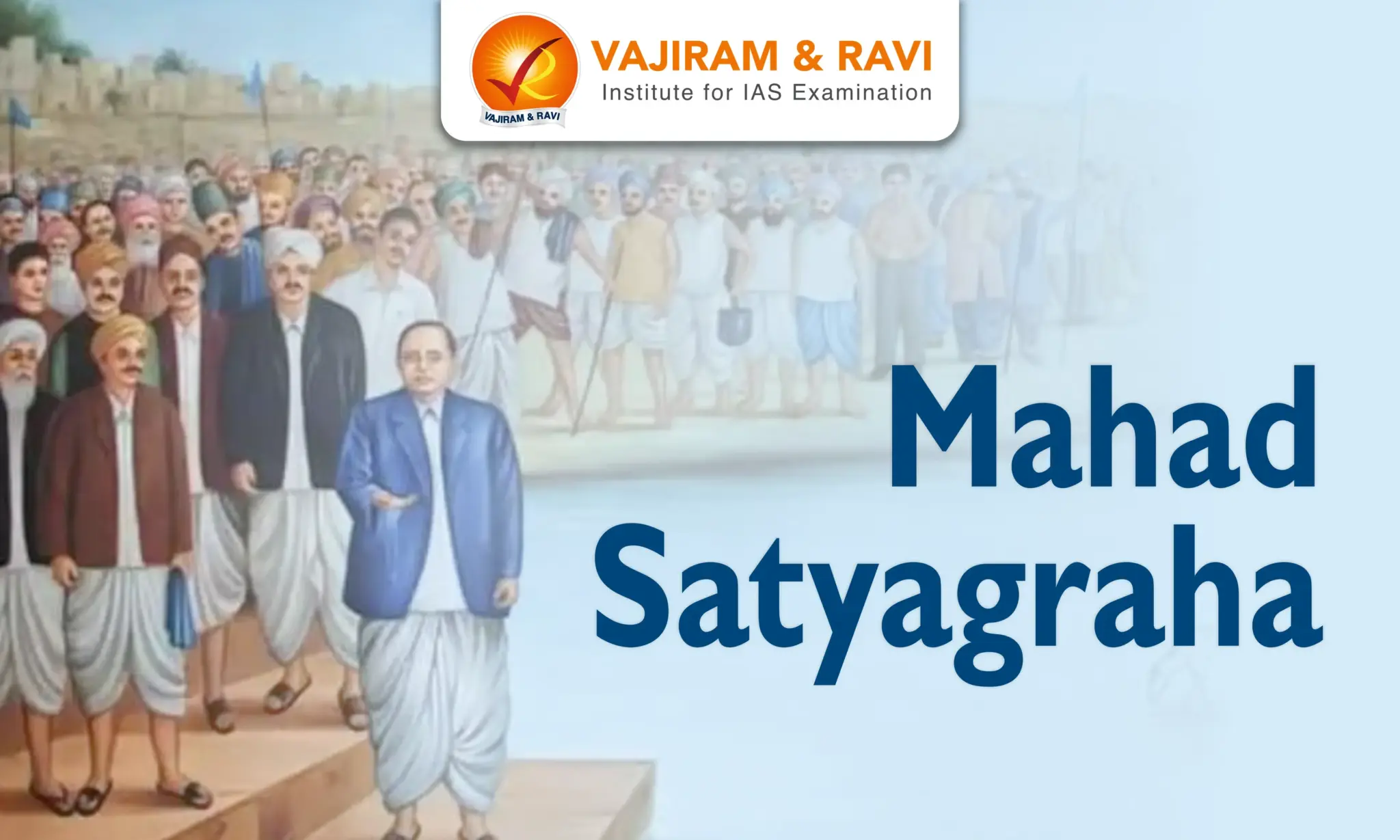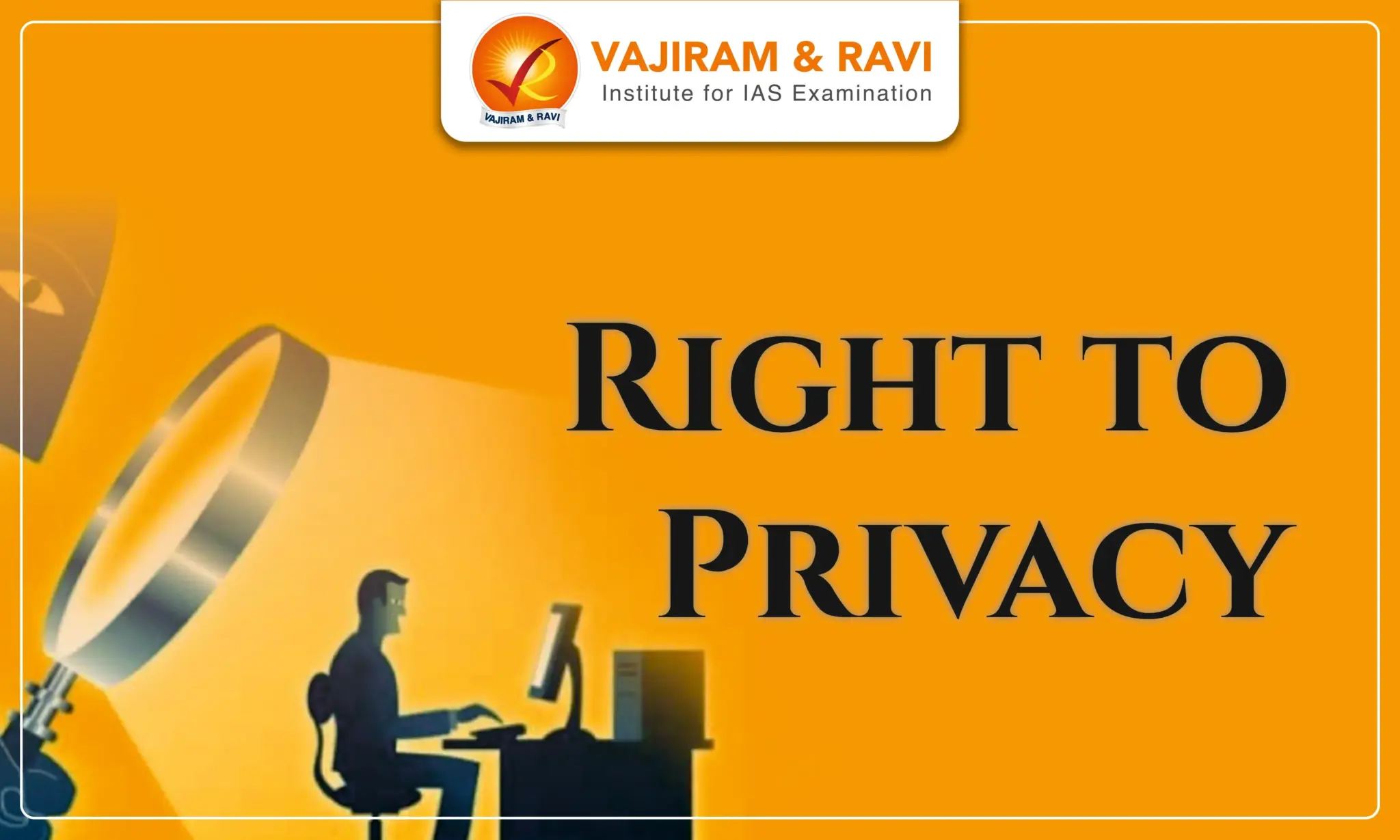What is reservation in India, and why is it needed?
Reservation in India is a system of affirmative action that provides certain groups of people with preferential treatment in education, employment, and other areas. Here are some of the reasons why reservation is necessary for India.- Historical injustice: Reservation is a way to redress historical injustices and provide opportunities for marginalized communities such as Dalits and Adivasis.
- Caste system: The Caste system, which has long been a part of Indian society, has traditionally relegated certain groups to lower social and economic positions.
- Social and economic Disparity: Reservation aims to promote social and economic equality by providing opportunities for the underprivileged sections of society.
- Inadequate representation: Reservation ensures the adequate representation of depressed communities in education and employment.
- Prejudice and discrimination: Reservation provides protection against discrimination and ensures that marginalized communities are not denied opportunities based on their caste, religion, or gender.
What is the historical background of reservation policies in India?
Reservation policies in India have a complex historical background, with several factors contributing to their development. Pre-Independence- 1882: The concept of reservation based on caste was first proposed by William Hunter and Jyotirao Phule in 1882.
- 1909: The British Raj introduced elements of reservation in the Government of India Act of 1909 by giving separate electorates to certain communities.
- 1902: Rajarshi Shahu, the Maharaja of Kolhapur, introduced reservation in favour of non-Brahmin and backward classes in 1902.
- 1921: Mysore initiates reservation for backward castes after a decade-long social justice movement against the repression of non-Brahmin castes.
- 1927: Madras presidency provided 44% reservation to Non-Brahmin Hindus, 16% to Brahmins, Muslims, Christians, and Anglo-Indians, and 8% to Scheduled Castes.
- 1932: MacDonald/Communal Award provided for separate electorates for depressed classes, including the Dalits. However, later, Poona Pact abandoned separate electorates for depressed classes in favour of increased reserved seats for depressed classes.
- 1935: The Government of India Act of 1935 extended the communal representation by giving separate electorates to depressed classes, women and labour.
- 1951: First Constitutional Amendment in Constitution to legalize caste-based reservation in India.
- 1990: The Mandal Commission (1979) recommendation of 27% reservation for OBCs was implemented.
- 1992: Indra Sawhney Case Judgement
- Reservation shall not exceed 50 percent.
- Reservation in promotions shall not be allowed.
- The concept of a ‘creamy layer’ was introduced, and it was directed that such a creamy layer be excluded while identifying backward classes.
- The ‘carry forward rule’ in case of unfilled (backlog) vacancies is valid. But the criteria of the 50% rule should not be violated in any case.
- It struck down the move to reserve 10% government jobs for the poor among upper castes
- 2006: Nagaraj Case Judgement
- The Supreme Court ruled that the state was not bound to provide reservation in promotions to SCs/STs.
- But if any state wished to make such a provision, it needs to:
- Collect quantifiable data on the backwardness of the class
- Prove its inadequate representation in public employment
- Show no compromise on efficiency of administration
- 2006: The Central Educational Institutions Act, 2006 provides for the reservation of students belonging to the Scheduled Castes/ Scheduled Tribes and Other Backward Classes to the extent of 15%, 7.5%, and 27%, respectively, in Central Educational Institutions.
- 2018: Jarnail Singh vs Lachhmi Narain Gupta Case Judgement
- The Supreme Court held that reservation in promotions does not require the state to collect quantifiable data on the backwardness of the SCs and the STs.
- The Court also held that creamy layer exclusion extends to SC/STs and, hence the State cannot grant reservations in promoting SC/ST individuals who belong to the creamy layer of their community.
- 2019: The Government of India has provided 10% reservation to economically weaker sections(EWS) through the 103rd Constitutional Amendment. This is the first time reservation has been extended on the basis of economic criteria.
- 2019: Reservation in favour of SCs and STs in Lok Sabha and the state legislature was only till 1960, but it has been extended every 10 years. The latest extension was made in 2019 and is valid up to 2030.
- 2021: 102nd amendment to allow states and Union Territories to prepare their own Socially and Economically Backward Classes (SEBCs) list.
- 2022: Janhit Abhiyan v Union of India
- The Supreme Court upheld the 103rd Constitutional Amendment providing reservation for economically weaker sections (EWS). Thus, the apex court validated reservations based on economic backwardness.
What are the different types of reservations in India?
- Vertical reservation: It refers to the reservation of seats in educational institutions and jobs in government services for Scheduled Castes (SC), Scheduled Tribes (ST), and Other Backward Classes (OBCs).
- This reservation is based on the proportion of the population of these groups in the country or a specific state.
- Horizontal reservation: It refers to the reservation of seats for specific categories of people within the reserved categories. For example, within the SC category reservation, there can be reservations for differently-abled people.
- Caste-based reservation: Caste-based reservation is a system that provides opportunities and access to education and employment to people belonging to historically marginalized castes in India, such as Scheduled Castes (SC) and Scheduled Tribes (ST).
- Gender-based reservation: Gender-based reservation is based on the principle of gender equality. In India, the Constitution has provided one-third reservation to women in local bodies under Articles 243D and 243T.
- Income-based reservation: It is a system that provides opportunities and access to education and employment to poor sections of society. For example, reservation to the economically weaker sections(EWS) of society.
- Reservation for differently-abled: It is based on the principle of inclusivity, which aims to create an equal and accessible society for people with disabilities. For example, 4% reservation is provided to disabled persons in government jobs.
What are the constitutional provisions relating to reservations in India?
The Constitution of India provides for reservation in various forms, including| Article | Reservation |
| Article 15(4) | Nothing in this article shall prevent the State from making any special provision for the advancement of any socially and educationally backward classes of citizens or for the Scheduled Castes and the Scheduled Tribes. |
| Article 16(4) | Nothing in this article shall prevent the State from making any provision for the reservation of appointments or posts in favor of any backward class of citizens which, in the opinion of the State, is not adequately represented in the services under the State |
| Article 16(4A) | Provisions for reservation in the promotion of posts in services under the state for members of the SCs and STs |
| Article 16(4B) | It enables the state to fill unfilled vacancies reserved for SCs/STs in the following year |
| Article 39A | State has to ensure justice and free legal aid to weaker sections of the society |
| Article 243D | Reservation for SCs/STs and Women in Panchayati Raj Institutions |
| Article 243T | Reservation for SCs/STs and Women in Urban Local Bodies |
| Article 330 and Article 332 | Reservation of seats for the SCs and the STs in the Parliament and in the State Legislative Assemblies respectively |
Last updated on November, 2025
→ Check out the latest UPSC Syllabus 2026 here.
→ Join Vajiram & Ravi’s Interview Guidance Programme for expert help to crack your final UPSC stage.
→ UPSC Mains Result 2025 is now out.
→ UPSC Notification 2026 is scheduled to be released on January 14, 2026.
→ UPSC Calendar 2026 is released on 15th May, 2025.
→ The UPSC Vacancy 2025 were released 1129, out of which 979 were for UPSC CSE and remaining 150 are for UPSC IFoS.
→ UPSC Prelims 2026 will be conducted on 24th May, 2026 & UPSC Mains 2026 will be conducted on 21st August 2026.
→ The UPSC Selection Process is of 3 stages-Prelims, Mains and Interview.
→ UPSC Result 2024 is released with latest UPSC Marksheet 2024. Check Now!
→ UPSC Prelims Result 2025 is out now for the CSE held on 25 May 2025.
→ UPSC Toppers List 2024 is released now. Shakti Dubey is UPSC AIR 1 2024 Topper.
→ UPSC Prelims Question Paper 2025 and Unofficial Prelims Answer Key 2025 are available now.
→ UPSC Mains Question Paper 2025 is out for Essay, GS 1, 2, 3 & GS 4.
→ UPSC Mains Indian Language Question Paper 2025 is now out.
→ UPSC Mains Optional Question Paper 2025 is now out.
→ Also check Best IAS Coaching in Delhi
Reservation FAQs
Q1. What is a creamy layer?+
Q2. What is the current deadline for reservations under the Indian Constitution?+
Tags: quest reservation

















